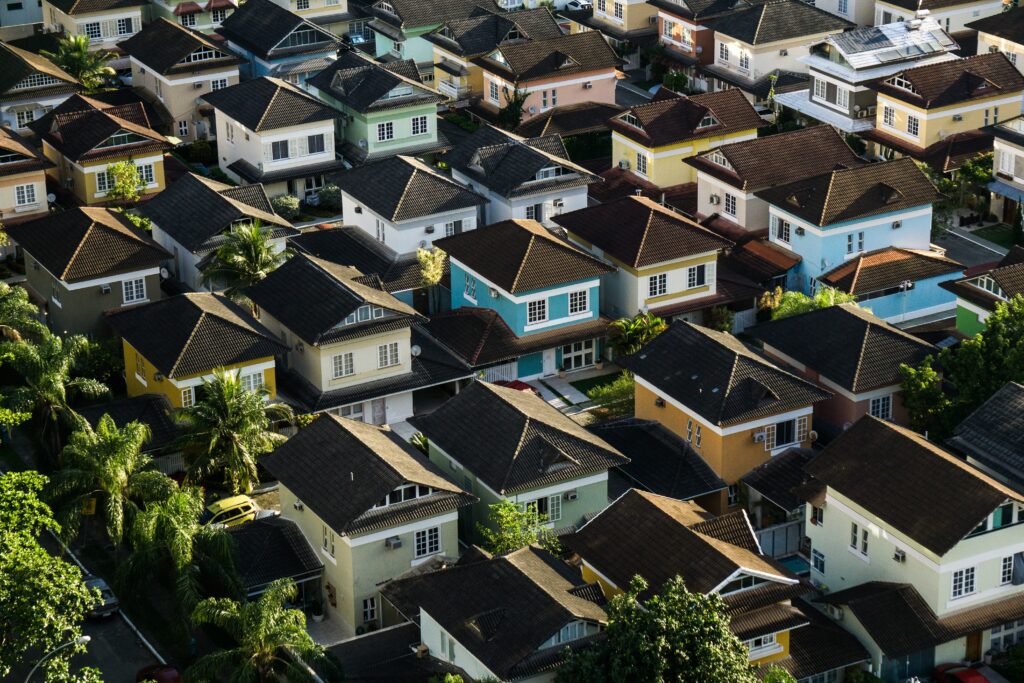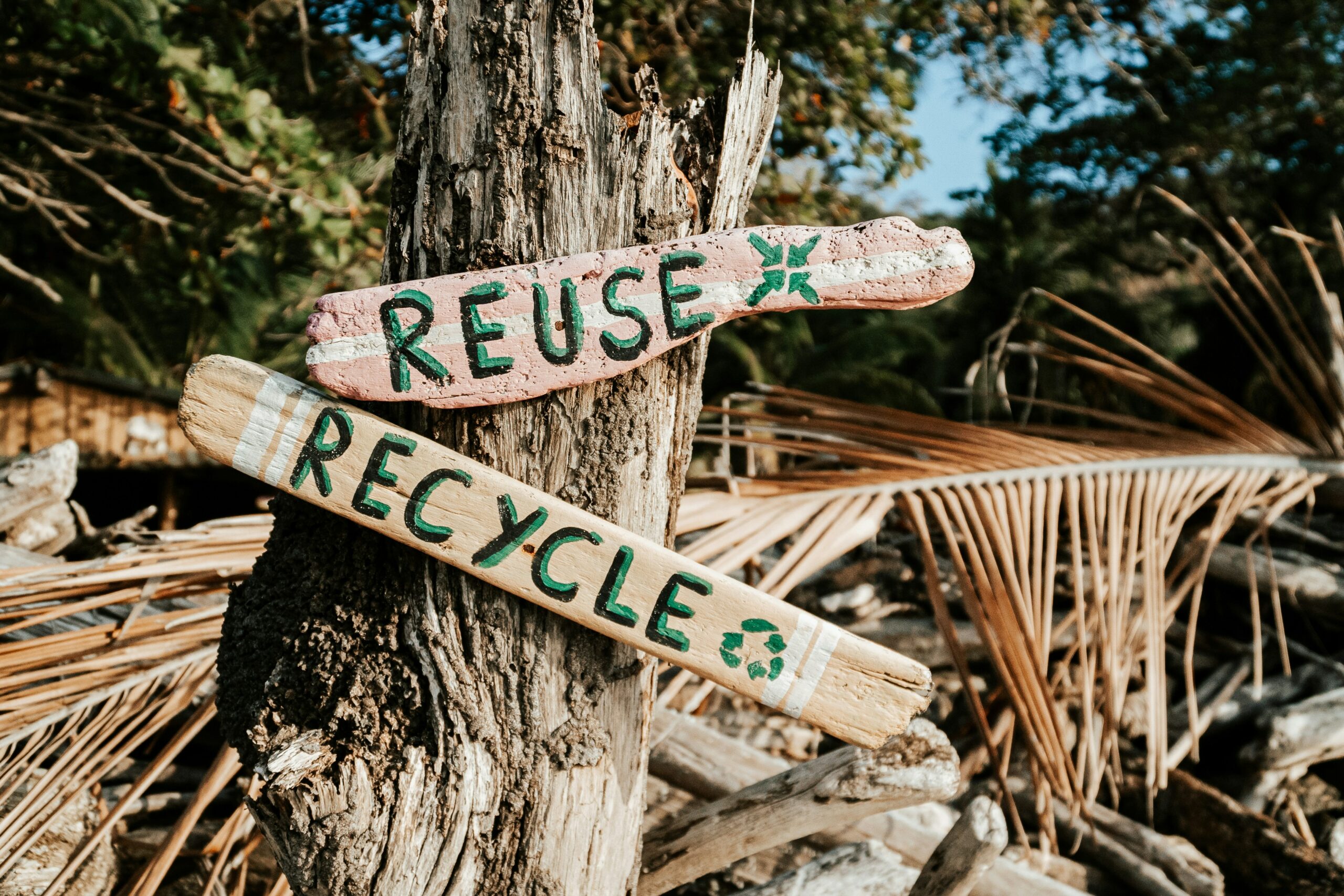We’re This Close to Improving the Housing Crisis in San Diego For Real

To live in California is to live in the epicenter of the U.S. housing crisis. The affordability and availability of homes—for either rent or purchase—have never been more dismal in recent memory.
The factors that led to our present crisis are many. Years of halted development projects after the 2008 housing bubble collapse, the construction labor shortage, and rampant NIMBYism all contributed.
At Business For Good, Housing and Homelessness has always been one of our four policy action areas. But the number of unsheltered San Diego individuals and families, and those facing housing insecurity, has reached critical levels.
Now, for the first time ever, San Diegans have a real opportunity to change this. Learn how two recently passed California Senate Bills, as well as key proposed local legislation, can help ensure more homes for everyone in San Diego County.
Re-zoning California’s single-family home lots for multiple units
On January 1, 2022, two new California laws went into effect—Senate Bills SB 9 and SB 10.
Both bills aim to alleviate California’s massive housing crisis by building up to 714,000 additional units across the state. This is made possible by permitting single-family lots to be divided into two lots, allowing for a maximum of up to four units.
Unsurprisingly, there is opposition to these bills. But experts agree that dense urban infill is the only climate-friendly, economically viable solution to the housing shortage in California.
“We cannot have more sprawl,” said Sean Elo-Rivera, San Diego City Council President, who represents District 9. Sean spoke with BFG members at our August General Member Meeting. “We need urban infill to ensure we’re sustainably meeting human beings’ housing needs while also not adding to the climate crisis.”
Each bill has the same goal of building more housing. The primary difference is SB 9 is for property owners while SB 10 is for local governments.
Here are the main takeaways from both:
SB 9: The California H.O.M.E. Act
- Single-family homeowners can divide their property into two lots, thereby increasing opportunities for homeownership in their neighborhood
- Two homes (one duplex) can be built on each of those lots, which effectively creates fourplexes on single-family lots that previously only allowed one home. In other words, it can add three more homes
- SB 9 also contains important protections against the displacement of existing tenants
- The units on the parcel can only be used as a residence; no offices or commercial use allowed
- SB 9 creates additional housing while preserving low-income affordable units. New development projects can’t demolish or alter affordable or rent-controlled housing or market-rate housing occupied by the same tenant for the past three years
SB 10: Planning and Zoning for Density
- Allows local governments to zone a land parcel for up to 10 residential units as long as it’s located in urban infill (urban development of vacant or undeveloped lands) and transit-rich areas (within a half-mile of a major transit stop)
- Cities can upzone properties for housing without delays in processing and litigation risks under the CEQA
- Local ordinances can override local ballot initiatives that restrict developments if two-thirds of the local legislative body approved the ordinance
Dense, urban infill can sound scary to some. And it isn’t totally unreasonable for single-family homeowners to be concerned that neighboring homes will be plowed down left and right, replaced with fourplexes as far as the eye can see.
But in reality, only 7% of eligible single-family lots in San Diego County are even considered “market-feasible” for SB 9 development.
This translates to only a few divided lots per neighborhood—hardly a destructive force. And it could still add 54,500 new homes in San Diego County.
San Diego solution #1: Homes For All of Us
While SB 9 and SB 10 are state law, it’s up to local governments to decide how to implement them. San Diego is now in the process of doing exactly that.
There are two proposed means of implementing SB 9 and SB 10 in San Diego County.
The first, Homes For All of Us, is a strategic plan specific to the City of San Diego. This package includes the local implementation of both SB 9 and SB 10, but it has limits on both. Specifically, the plan is designed to:
- Work in tandem with the established San Diego Community Plans, and more importantly, work with the Blueprint SD Plan— a sustainable framework for growth in San Diego
- Ensure (if Blueprint SD is in place) that all new developments must be aligned with the City of San Diego’s Climate Action Plan. This would help close any SB 10 CEQA loopholes that people take issue with
- Create an abundance of “middle-range housing,” meaning the mortgage or rent payment is affordable for those earning 80-120% of San Diego’s Area Median Income (AMI)
The current dearth of middle-range housing in San Diego is particularly problematic, as it’s the main driver of homelessness in our region.
“The root cause of the homelessness crisis in California is not mental illness and addiction,” Sean said. “It’s the cost of housing, which is also tied to supply. We simply haven’t built enough housing to keep up with demand. And now we find ourselves in a situation where there are no easy fixes.”
San Diego solution #2: SB 1105 —“A SANDAG for housing”
The second proposed local implementation of SB 9 and SB 10 is SB 1105 San Diego Regional Equitable and Environmentally Friendly Affordable Housing Agency.
“Essentially, SB 1105 creates SANDAG for housing, and that’s a great thing,” said Sam Mazzeo, Owner of Better APC and BFG Housing and Homelessness Committee Chair.
SB 1105 would create a new agency in San Diego County to oversee the creation of equitable, fair, and sustainable housing in compliance with SB 9 and SB 10—similar to what SANDAG does for our region’s transportation.
The bill would ensure that the new agency would:
- Be composed of 6 voting members who are primary or alternate members of SANDAG to govern the agency
- Create a minimum mandate for homeownership financing
- Increase the supply of equitable and environmentally friendly housing in San Diego County with significantly enhanced funding and technical assistance, equitable housing preservation, and rental protection programs
- Authorize the agency to impose specified parcel and property taxes, the revenue from which would be used solely for specified housing purposes and priorities
- Require regular financial audits of the agency’s accounts, records, and financial reports
- Include affordable housing options for those earning up to 135% of San Diego’s Area Median Income (AMI)
- Require that all construction laborers working on these development projects are paid good, livable wages (at least the general prevailing rate of wages)
Here, the last two points are especially important.
“There are some people that don’t like the bill’s 135% of AMI provision,” Sam said. “They argue that folks in that income range shouldn’t get access to subsidized housing. But the sad reality is that right now in San Diego, you still can’t reasonably afford a market-rate house at that income level.”
Another hotly contested provision is the construction workers’ wages. Some opponents say that construction workers will need more specialized training to justify a higher wage—which will take a long time. And they also point out that there’s already a shortage of construction workers nationwide.
“Higher wages will end up attracting more laborers to the profession long-term,” Sam said. “It creates a major incentive. People will want to join the unions and invest their time in getting trained to do the work.”
How we can start moving in the right direction
Of course, none of these proposed solutions to implement SB 9 and SB 10—nor the two bills themselves—are perfect.
But housing in California has become a humanitarian crisis. We can’t let perfection be the enemy of progress.
“At the end of the day, we have to build more housing,” Sean Elo-Rivera said. “The City and County have put forth partial solutions, with the full acknowledgement that they aren’t a perfect answer. But they never come to fruition because they don’t completely work for this or that reason. We continue to spin our wheels without getting to the root of the issue.”
Business For Good members are in a powerful position to help drive the future of housing and homelessness in our communities. By amplifying our collective voice, we let local policy-makers know which provisions we believe work in Homes For All of Us and SB 1105, and which do not.
We have the unique opportunity to help shape these policies from the very start. And having a hand in that kind of meaningful progress is always better than perfection.
